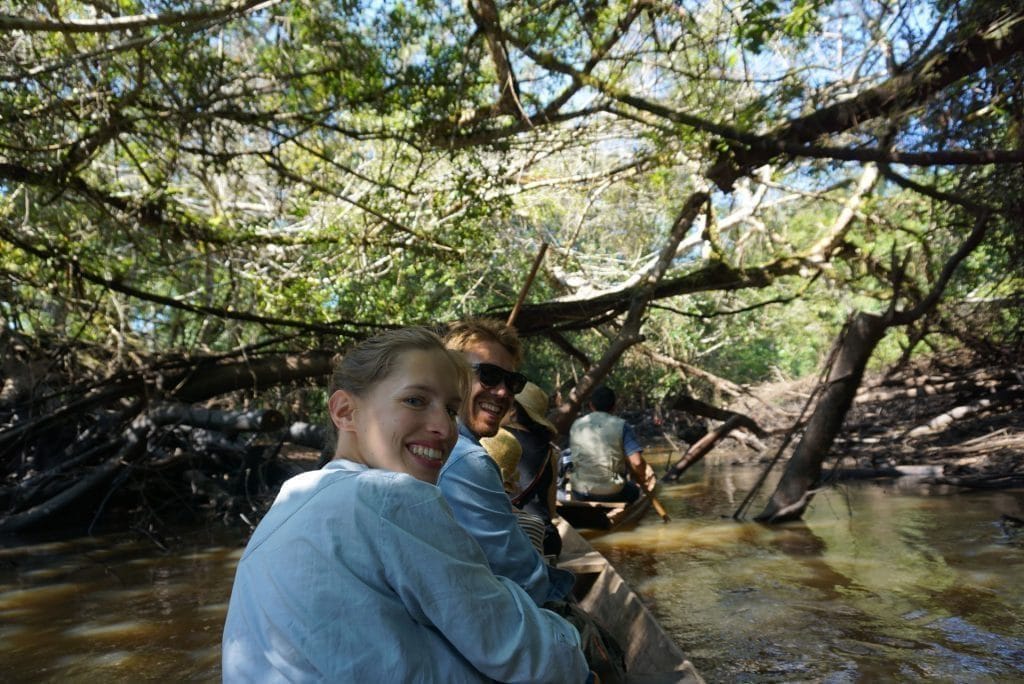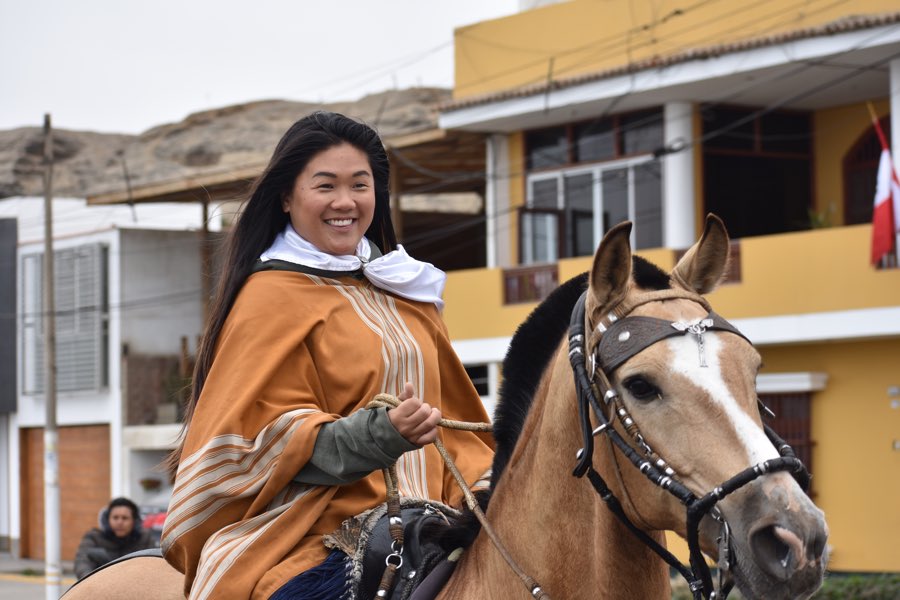The Tingana Reserve is an ecotourism conservation area in the province of Moyobamba, in the San Martin region, in northern Peru.
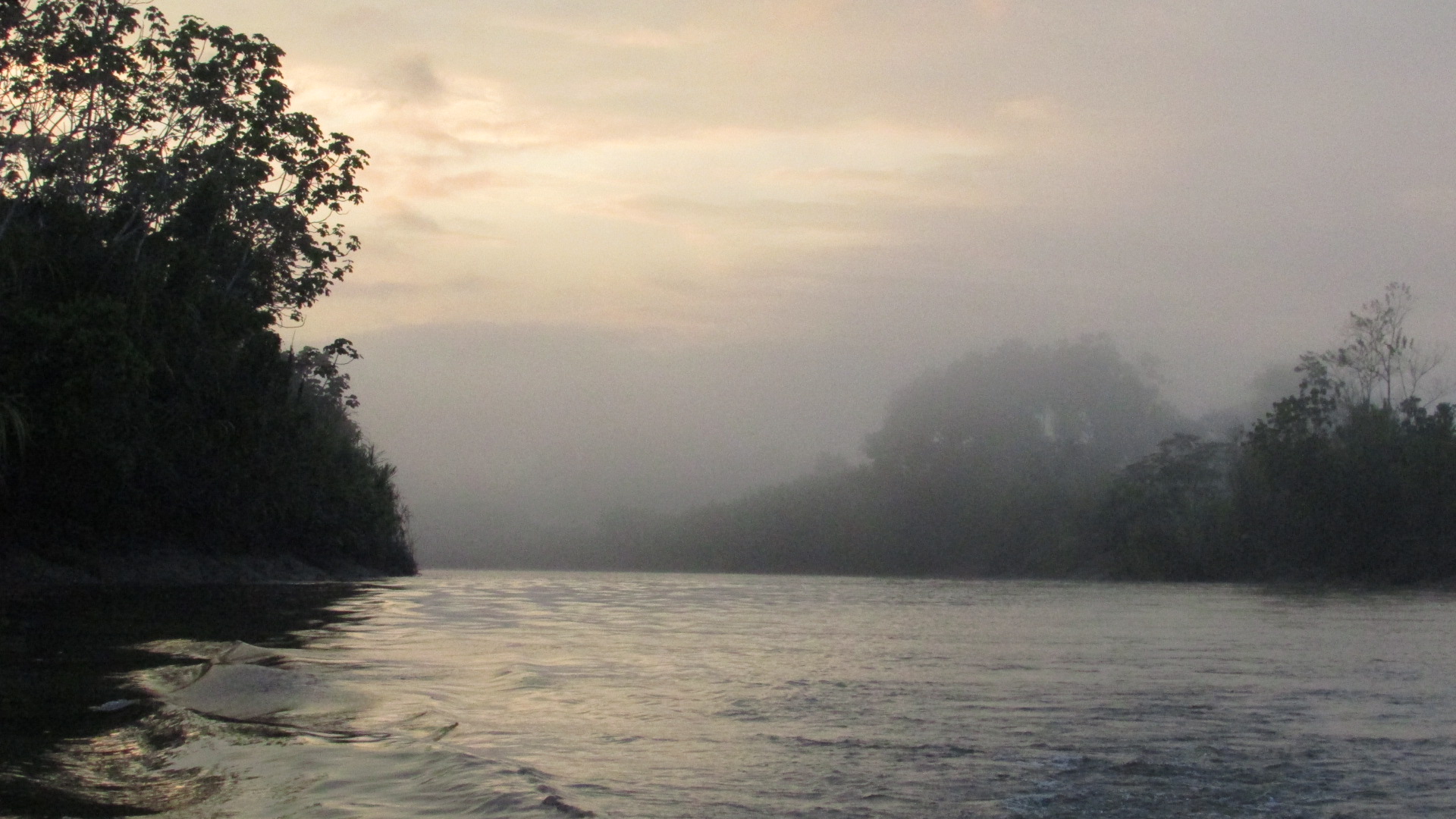
Tingana in a few words
Tingana is in the middle of the virgin forest, on the Avisado river. This natural reserve is located in the Municipal Conservation Area of Moyobamba. It is a wetland of renacales aguajales aquatic that has an immense variety of fauna and flora.
Seven local families are committed to preserving this beautiful environment. They clean the river and work as a guide. In addition, they offer accommodation and restorations to people who come to this privileged place.
What best characterizes to Tingana is its harmony with nature. The experience is unique. That is why we recommend it during your stay in San Martin in the north of Peru.
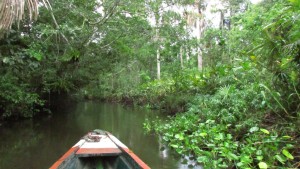
A day in Tingana
Upon arrival, they serve us a Peruvian breakfast: bananas, fried egg, rice, meat and very sweet coffee.
In Tingana, you only move in a canoe. The guides can then:
- They teach you and tell you about different plants. There are orchids, bromeliads and ferns, but also the famous “tree that walks”.
- They take you to where you are most likely to see monkeys (freiles or black machin) and koatis.
Before leaving, Emmerson, our guide, explains the main rule of the tour: silence on the boat! Otherwise, we scare the animals.
Once you are used to canoeing, you will begin to feel more comfortable and look around.
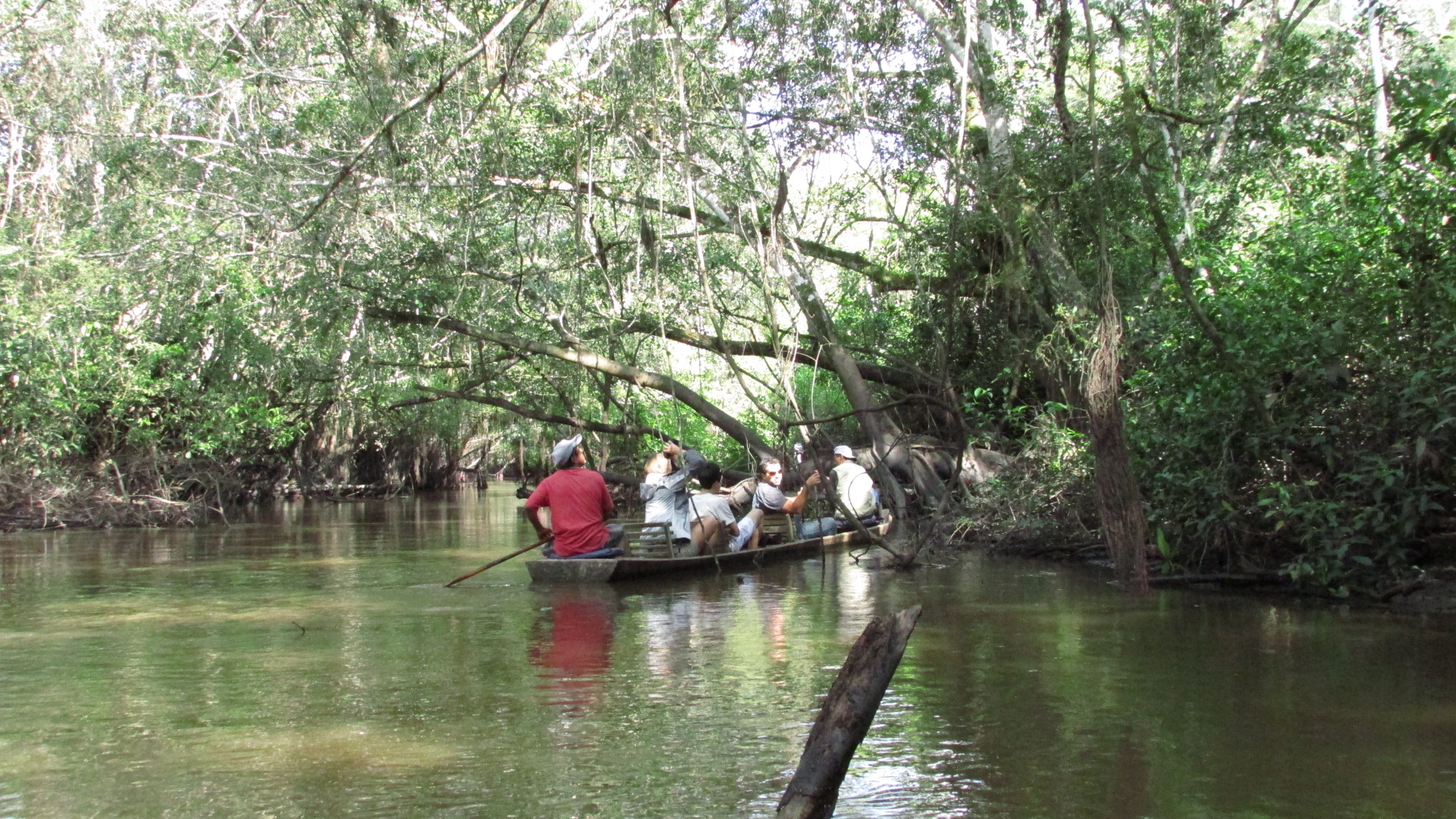
Wild animals in their natural environment
It is nature in its wild state. We see at least three different types of Martin-fishermen, from the dwarf kingfisher to a much larger species. They are hidden in the foliage. We can also see egrets, herons and many other colorful birds.
Sliding on the water, we only hear the sound of the leaves of the trees and insects that fly around us. I am impressed by the multitude of dragonflies: there are all the colors! Red, blue, transparent. It is the same with butterflies, among which I identify at least the beautiful blue morph.
Our guides are always alert to show us the hidden animals. They “communicate” with them making noises according to the animal in sight or waiting for them in a certain place.
We sink deeper and deeper into nature. Suddenly, we stop, we all look up. First we must get used to it, but then we can see koatis, and even a little higher, the monkeys: Machins negros and friars. Emmerson shows us the males, and the females. We see a baby monkey coming down from the tree. We had a good time watching the wild animals in their environment
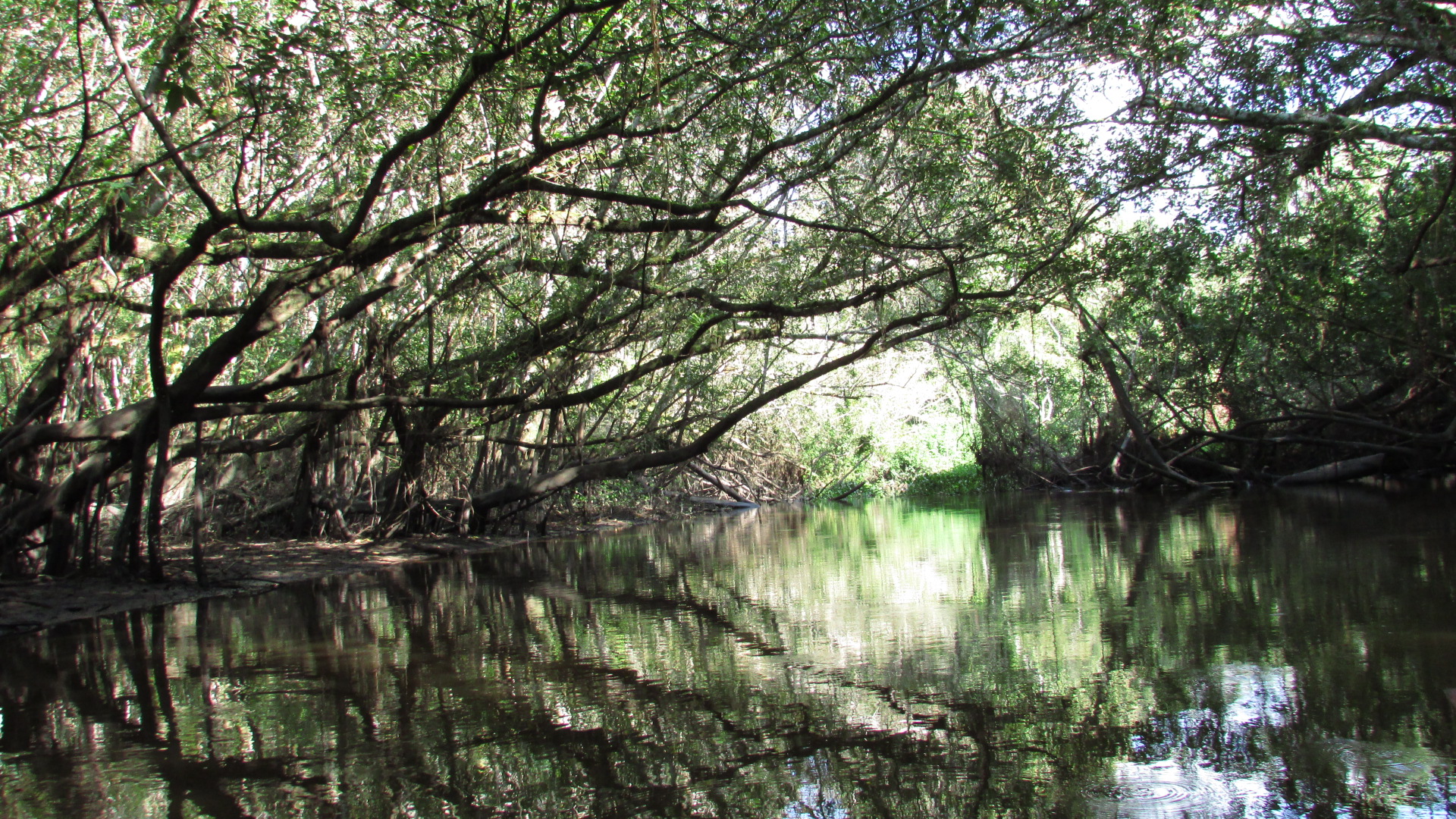
A beautiful flora
The nature in the Tingana reserve is very generous. Everywhere, there are orchids, bromeliads, ferns of all sizes in the trees. By the way, let’s talk about trees! Here the famous tree is the tree that walks. It does not really have a trunk, but it adapts to its surroundings: it creates large roots that sink into the ground and move in the forest. Awesome!
I relax in this natural and relaxing environment. We slide on the water, the sun penetrates from time to time. It is an environment that must be protected. Local families did a great job of preserving it. Now, it is necessary to evolve the ecological conscience of Peruvians and the world. Here you are not in a zoo. Maybe you will not see monkeys, but you will feel reconnected with nature. And it helps to relativize and think about the really important things in our life.
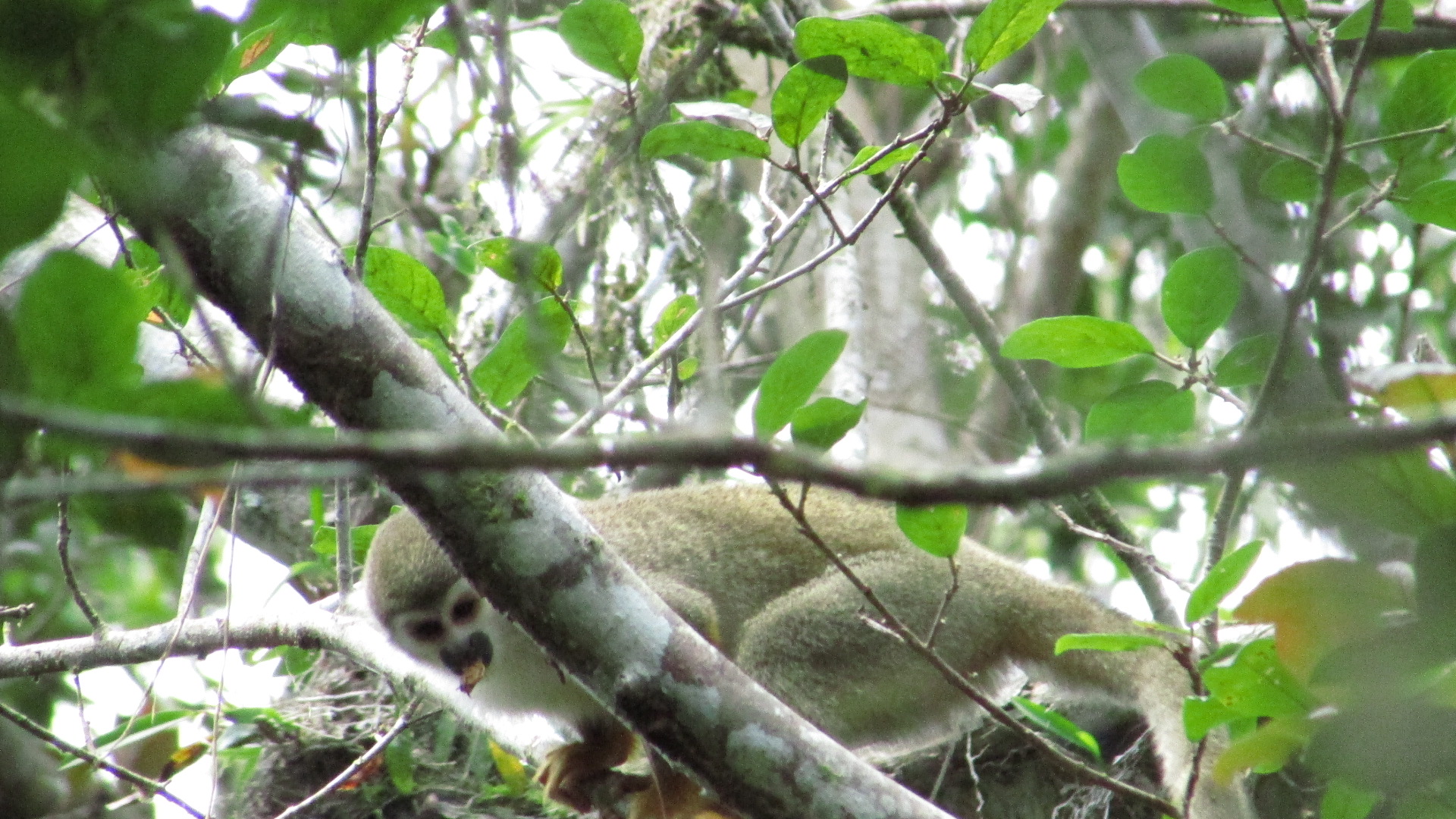
The end of the visit!
We returned after 3 hours of travel and a wonderful country breakfast before taking the motorboat that takes us to the mainland. But you can also spend the night there. In the afternoon, you can swim or enjoy being in the country to relax in a hammock. Do not forget the anti-mosquito spray!
Before leaving, you can take a walk to the small shop where coffee, chocolate and some handmade products are sold.
Many thanks to Emmerson and the Natural reserve of Tingana for this magical day!
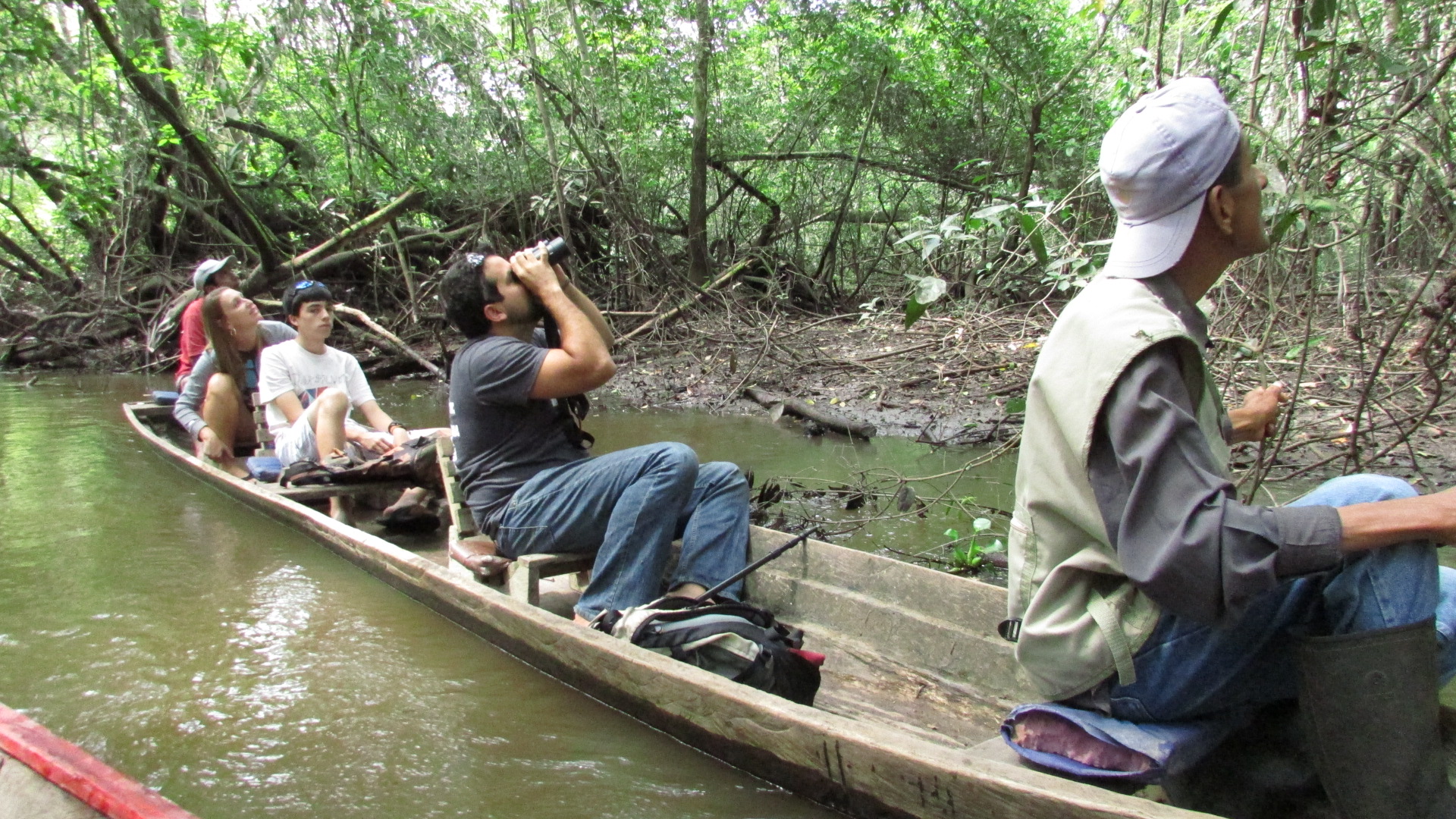
How to get there ?
To get to the reservation, you have to get up early! The car that takes him to his destination leaves at 5:30 from the Plaza de Armas of Moyobamba. You must first drive about 45 minutes until boarding in Rio Mayo. From there, it takes 45 minutes by motorboat before arriving at 7 a.m. In the reservation.
You must make a reservation first because there can be no place. In fact, the ecological reserve can only accept 30 people at a time.


